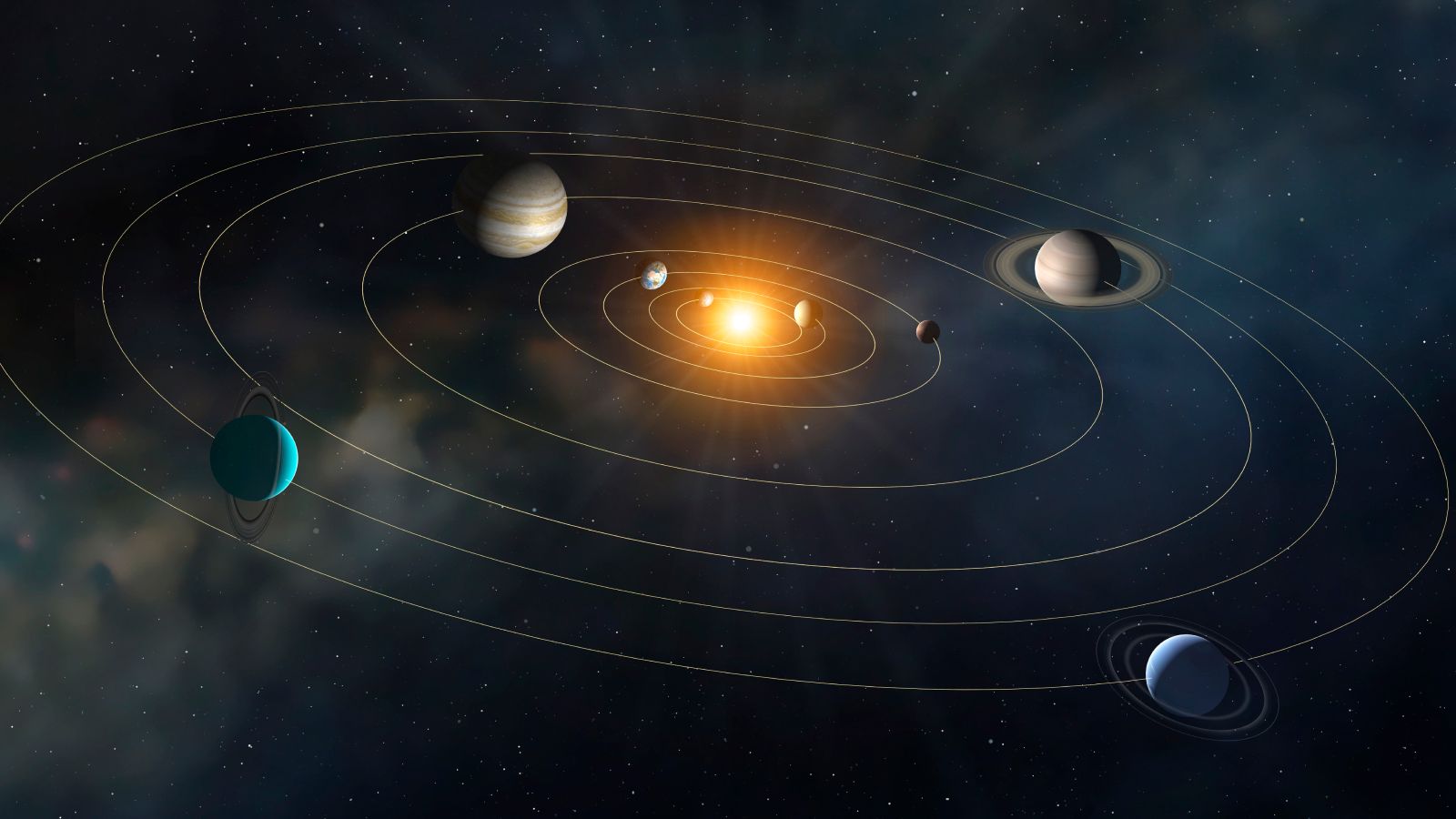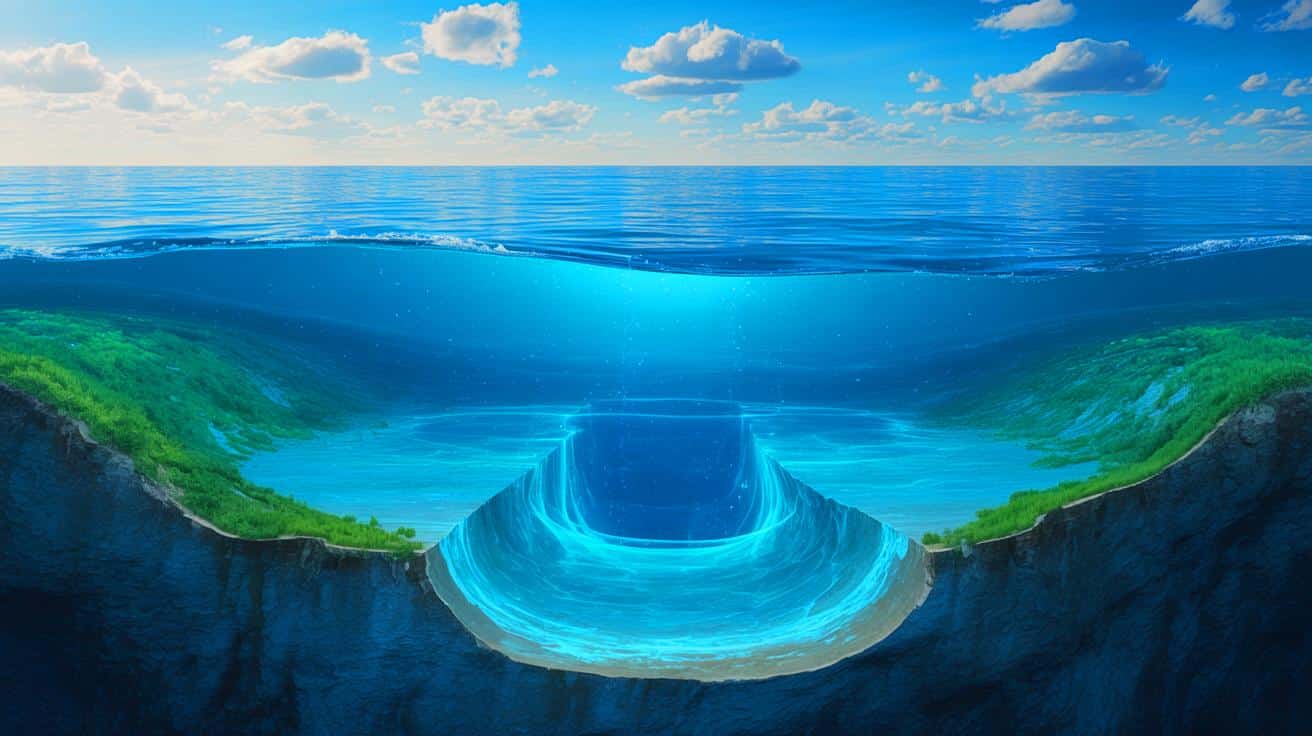Could there be an ocean buried deep beneath our feet, hidden some 700 kilometers below the Earth’s surface? If the recent discoveries from scientific teams in Brazil and Botswana are to be believed, this might not be as far-fetched as it seems. The findings suggest that a vast amount of water could be trapped in minerals deep within the Earth’s mantle, radically reshaping what we know about the planet.
A Groundbreaking Find Deep Inside The Earth
The concept of an ocean beneath the Earth’s surface might evoke memories of Jules Verne’s famous novel Journey to the Centre of the Earth, published more than 150 years ago. However, reality could be catching up with fiction. Over the past decade, two separate research teams in different parts of the world have uncovered evidence supporting the existence of a large amount of water hidden deep within the Earth.
In 2009, Dr. Graham Pearson and his team from the University of Alberta made a significant discovery in Brazil. They found a mineral known as ringwoodite, located in a stone recovered from between 410 and 660 kilometers beneath the Earth’s surface. This mineral, previously unseen in natural conditions, is capable of storing water in the form of hydroxide ions (OH-) under extreme pressure. Ringwoodite had been observed before in meteorites, but this was the first time it was found in Earth’s mantle. This mineral showed that water could be trapped deep inside the Earth, far below the oceans and the surface.
A decade later, in 2022, scientists in Botswana made another remarkable discovery that seemed to confirm Pearson’s original findings. This new discovery, analyzed by mineral physicist Tingting Gu at the Gemological Institute of America in New York, presented a stone that contained similar traces of ringwoodite.
The Deep-water Cycle: What Does This Discovery Mean?
Geologists believe that the Earth’s transition zone, located between 410 and 660 kilometers deep, could house an amount of water that is equivalent to or even greater than all of the water found in Earth’s oceans. However, this water is not in liquid form, nor is it frozen as ice. Instead, it is locked away in minerals like ringwoodite, where it exists as hydroxide ions under immense pressure.
This revelation has caused a stir in the scientific community, as it forces experts to rethink long-held assumptions about the Earth’s water systems. While scientists have known for some time that water exists within the Earth’s mantle, the scale and implications of this new discovery raise many questions. What is the origin of this water, and what role does it play in the broader hydrological cycle?
Dr. Tingting Gu, who contributed to the 2022 study, speculated that this hidden water could be the source of a deep water cycle, crucial to the overall functioning of the planet. This discovery could offer an explanation for how water moves between the surface and deeper layers of the Earth, providing insight into tectonic processes and the planet’s long-term behavior.
The Role Of Water In Plate Tectonics
Beyond its role in the water cycle, this deep-water discovery could also have profound implications for our understanding of plate tectonics. According to Dr. Graham Pearson, who first identified ringwoodite in Brazil, the water trapped deep within the Earth’s mantle might influence the behavior of tectonic plates. The water could play a key role in the movement and interaction of these plates, affecting everything from volcanic activity to earthquake dynamics.
As researchers continue to study the mineral ringwoodite and its role in the Earth’s structure, it is clear that this discovery will not only reshape our understanding of the planet’s interior but also prompt new questions about how water and geological forces interact.
Source link


